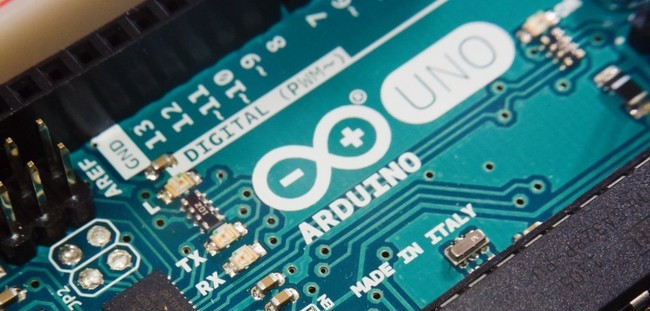 Our Recourses:
Our Recourses:
Components
1. Arduino
used for lots of stuff (BASE of the wires & code)
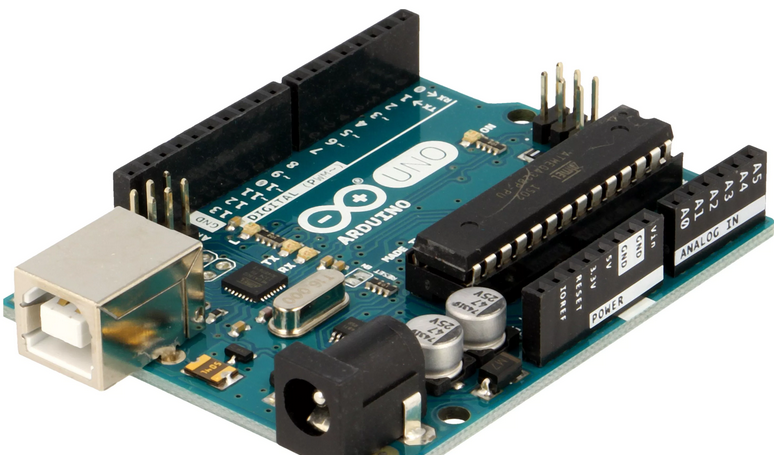
Arduino is an open-source electronics platform based on easy-to-use hardware and software. Arduino boards are able to read inputs - light on a sensor, a finger on a button, or a Twitter message - and turn it into an output - activating a motor, turning on an LED, publishing something online. You can tell your board what to do by sending a set of instructions to the microcontroller on the board. To do so you use the Arduino programming language (based on Wiring), and the Arduino Software (IDE), based on Processing.
2. Breadboard (Protoboard)
used for making amazing projects with LEDs, resistors, wires with arduino
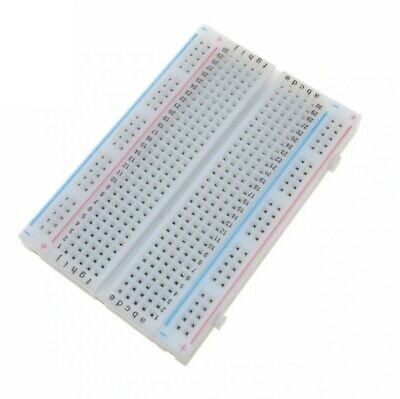
A Breadboard is simply a board for prototyping or building circuits on. It allows you to place components and connections on the board to make circuits without soldering. The holes in the breadboard take care of your connections by physically holding onto parts or wires where you put them and electrically connecting them inside the board. The ease of use and speed are great for learning and quick prototyping of simple circuits. More complex circuits and high frequency circuits are less suited to breadboarding. Breadboard circuits are also not ideal for long term use like circuits built on perfboard (protoboard) or PCB (printed circuit board), but they also don’t have the soldering (protoboard), or design and manufacturing costs (PCBs).
Used Product Link:
(SMALL) Breadboard(NOTE: You can use any size of breadboard you'd like, but it may have a conflict with our code, contact us if that's the case!)
3. Push Buttons
used for enabling the ability to do fantastic stuff between buttons & arduino (MOSTLY used on breadboard)
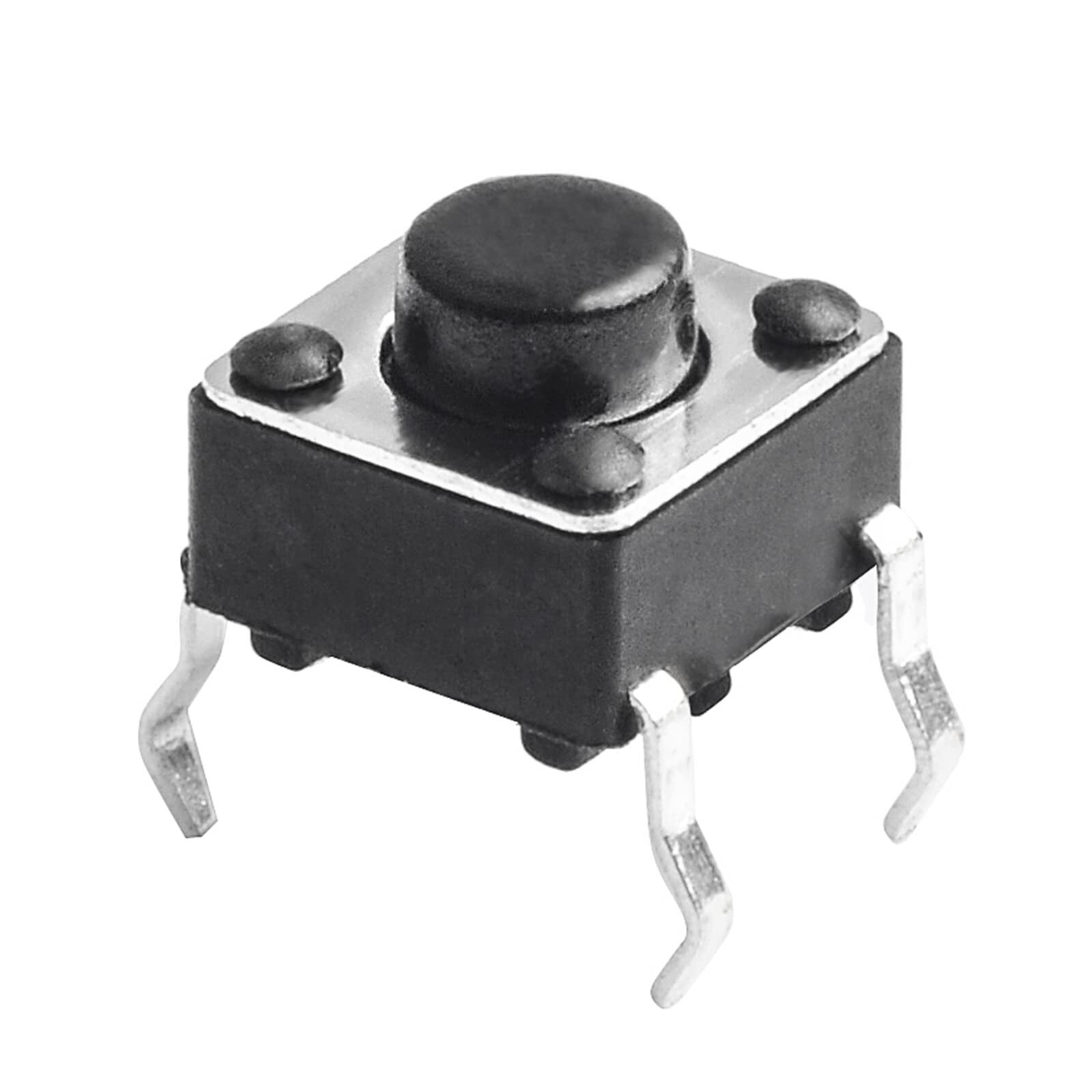
A push button switch is a mechanical device used to control an electrical circuit in which the operator manually presses a button to actuate an internal switching mechanism. They come in a variety of shapes, sizes, and configurations, depending on the design requirements. Push button switches rely on a simple in-out actuation mechanism. They can be employed to break (off) or initiate (on) a circuit. Alternatively, they can provide an input for the user interface of a piece of equipment or start/stop a particular function.
Used Product Link:
Push Buttons(NOTE: You can use any BUTTON you'd want to, but our code may or may not be functional with it)
4. Jumper Wires
used for connecting wires between electric objects or breadboard (COMMONLY used on breadboard)
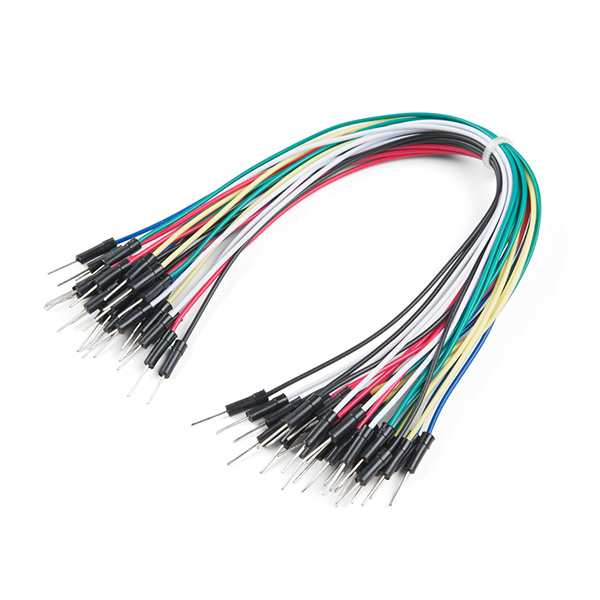
Jumper wires are simply wires that have connector pins at each end, allowing them to be used to connect two points to each other without soldering. Jumper wires are typically used with breadboards and other prototyping tools in order to make it easy to change a circuit as needed. Fairly simple. In fact, it doesn’t get much more basic than jumper wires.
5. Buzzer
electronic device used for producing sound (USUALLY used with arduino)
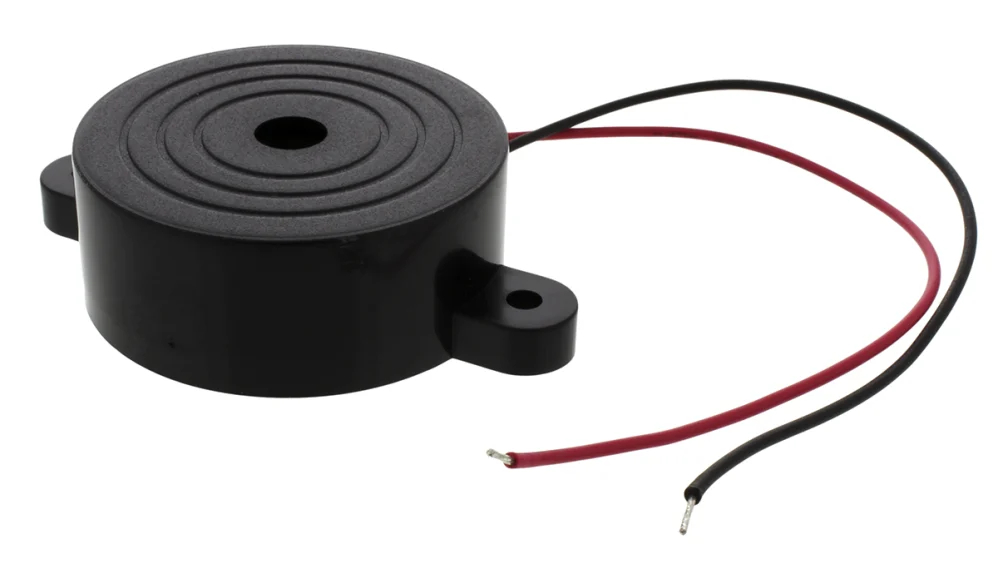
A buzzer or beeper is an audio signaling device, which may be mechanical, electromechanical, or piezoelectric (piezo for short). Typical uses of buzzers and beepers include alarm devices, timers, train and confirmation of user input such as a mouse click or keystroke.
Used Product Link:
Buzzer (Piezo)(NOTE: You can use any transmiting producing audio device (HOWEVER might have to change some of the audio producing code)
6. LEDs (OPTIONAL)
used in many electronic devices as indicator lamps (LIGHT IT UP!)
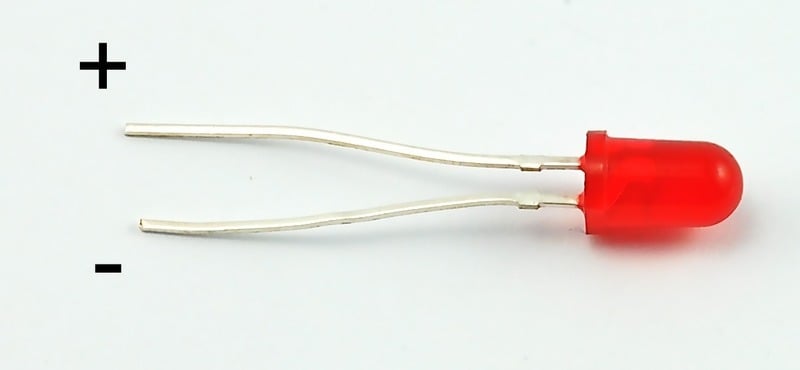
A light-emitting diode (LED) is a semiconductor device that emits light when current flows through it. Electrons in the semiconductor recombine with electron holes, releasing energy in the form of photons. The color of the light (corresponding to the energy of the photons) is determined by the energy required for electrons to cross the band gap of the semiconductor.White light is obtained by using multiple semiconductors or a layer of light-emitting phosphor on the semiconductor device.
(NOTE: This is VERY optional, just to bright up the lights whenever you play the piano)
7. Resistor (OPTIONAL)
used to reduce current flow, adjust signal levels (CAN be used for only LEDs or other stuff)
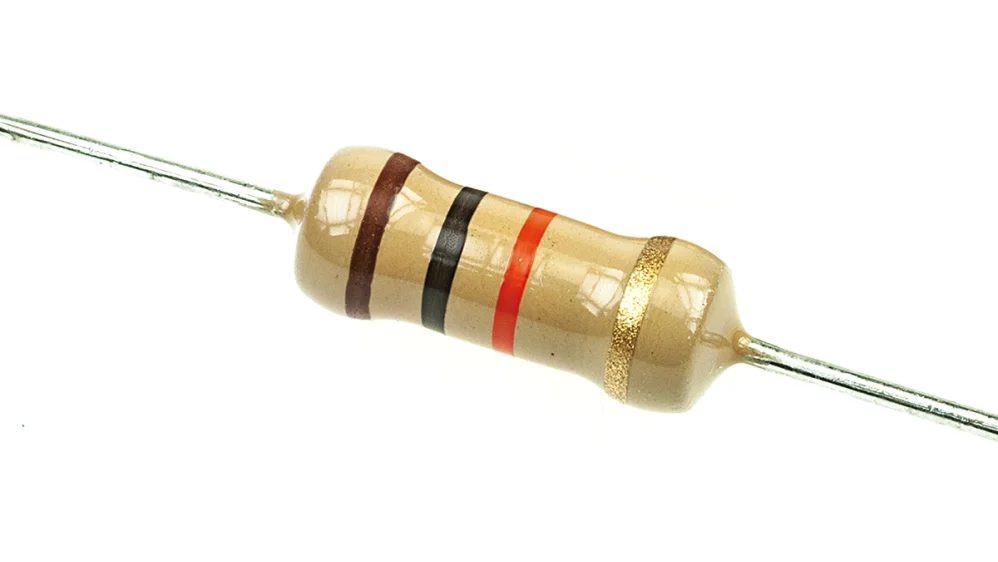
A resistor is a passive two-terminal electrical component that implements electrical resistance as a circuit element. In electronic circuits, resistors are used to reduce current flow, adjust signal levels, to divide voltages, bias active elements, and terminate transmission lines, among other uses.
Used Product Link:
Resistors(NOTE: This is optional since you can just use jumper wires to make the LED work.. BUT resistors will help to reduce or increase the LIGHTS based on your preference)
 Our Recourses:
Our Recourses:






